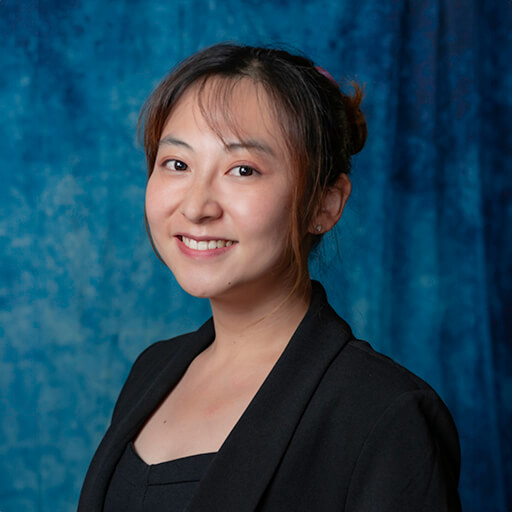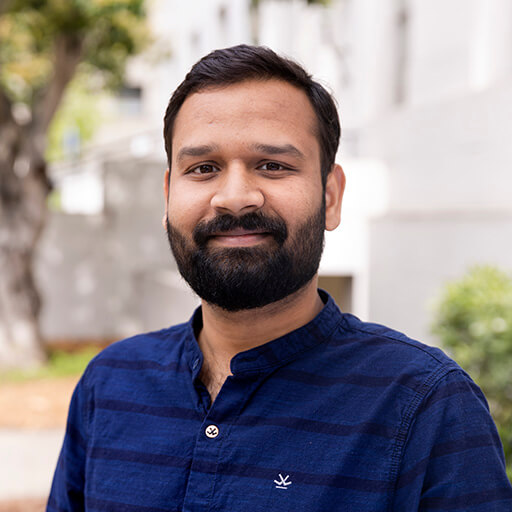Mapping the Pathways of Neurodegeneration in Glaucoma Using Artificial Intelligence

About the Research Project
Program
Award Type
Postdoctoral Fellowship
Award Amount
$199,999
Active Dates
July 01, 2023 - June 30, 2025
Grant ID
G2023004S
Goals
The aim of this project is to use cutting-edge approaches to map where and when cell pathways activate during neurodegeneration, uncovering novel treatment targets.
Summary
Karthik Shekhar, PhD, plans to use innovative molecular techniques, artificial intelligence (AI) approaches, and lab models to tease apart how different cell pathways interact in cell destruction in glaucoma. Focusing on the death of retinal ganglion cells, which underlies vision loss in the disease, Dr. Shekhar and his colleagues expect to uncover new treatment targets.
In their expansive approach, Dr. Shekhar and his team will capture a huge amount of information about where and when pathways in retinal nerve cells are active during cell degeneration. They will use intact cells and apply novel approaches to tracking where the cell changes during this destruction. The researchers also will use a lab model of glaucoma to monitor individual cells for their responses to internal and external inputs during degeneration.
The work is expected to generate an enormous amount of visual and other information about what happens in cells undergoing destruction, which the researchers plan to process using AI approaches. The result will be a detailed molecular map of how and where neurodegeneration occurs in these cells, opening the way to new treatment possibilities and use of these tools in human studies.
Unique and Innovative
The lack of a detailed multicellular map describing the process of neurodegeneration in glaucoma is a major impediment to the discovery of new molecular targets that can rescue vulnerable neurons. We aim to obtain such information by applying spatial transcriptomics (ST), a novel method that allows characterization of cell types and their molecular states in intact tissue sections, to an accessible mouse model of glaucoma. Our proposed work involves the generation and analysis of high-throughput datasets, and will thus combine innovations on both the experimental and the computational front.
Foreseeable Benefits
We hope to generate comprehensive spatial and transcriptomics maps of glaucomatous neurodegeneration, which will serve as a chassis to identify molecular and cellular targets for neuroprotective therapies. By optimizing experimental and computational methods in the context of mouse models, we will prepare to apply them to human tissue in the future. These protocols will be made available to the public through our preprints and papers. The conceptual and technical frameworks resulting from our efforts will benefit neurodegeneration research in other brain regions.
Grants
Related Grants
National Glaucoma Research
Why Certain Retina Ganglion Cells Stay Strong in Glaucoma
Active Dates
July 01, 2024 - June 30, 2026

Principal Investigator
Mengya Zhao, PhD
Current Organization
University of California, San Francisco
National Glaucoma Research
Pressure-Induced Axon Damage and Its Link to Glaucoma-Related Vision Loss
Active Dates
July 01, 2024 - June 30, 2026

Principal Investigator
Bingrui Wang, PhD
Current Organization
University of Pittsburgh
National Glaucoma Research
Targeting Eye Immune Cells to Prevent Glaucoma-Induced Nerve Damage
Active Dates
July 01, 2023 - June 30, 2025

Principal Investigator
Shubham Maurya, PhD
Current Organization
University of California, Berkeley



